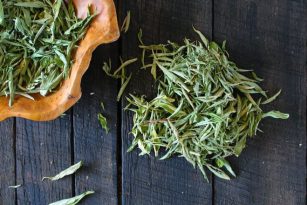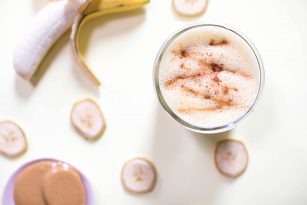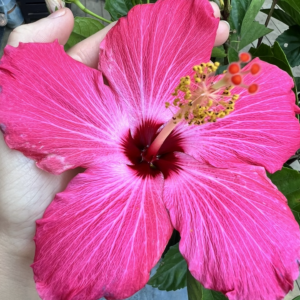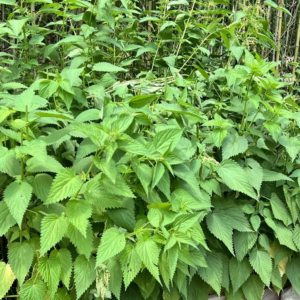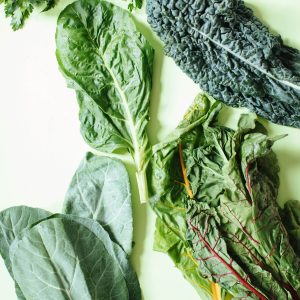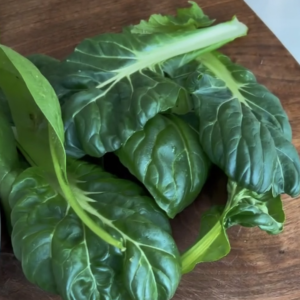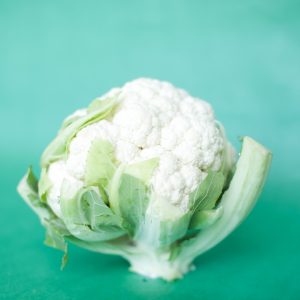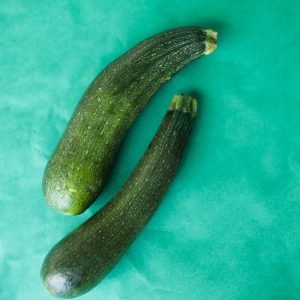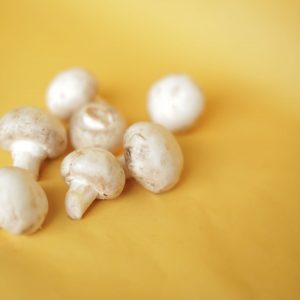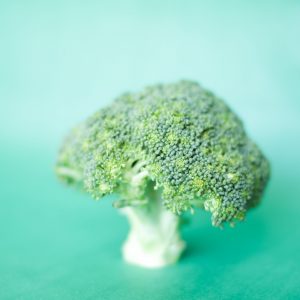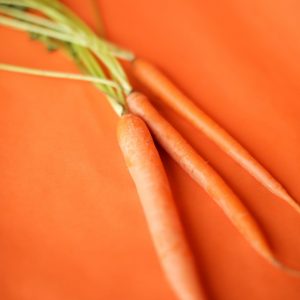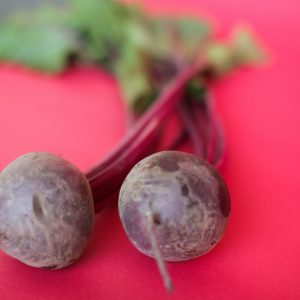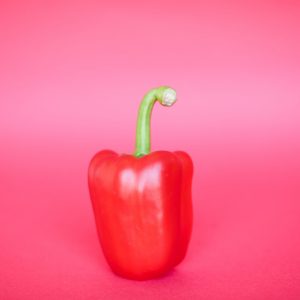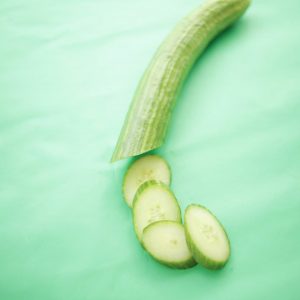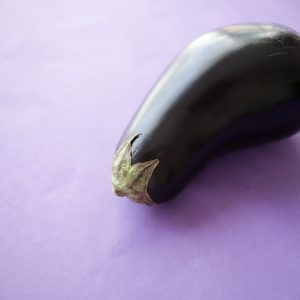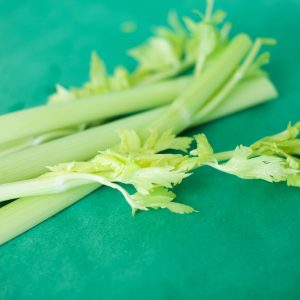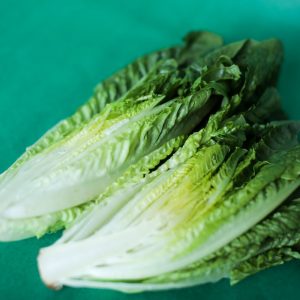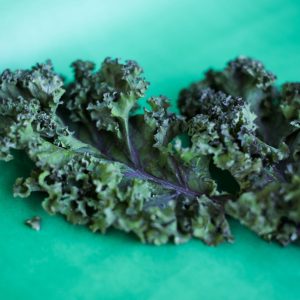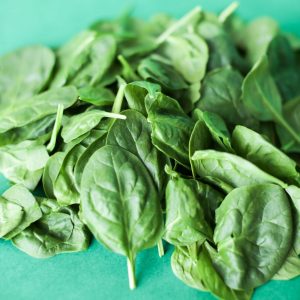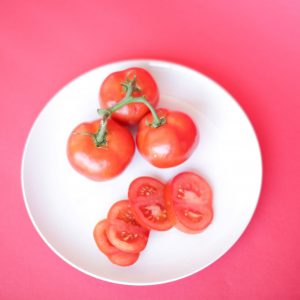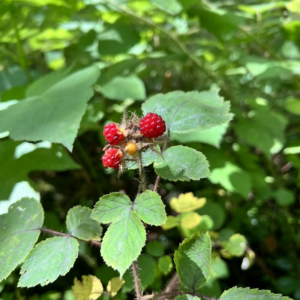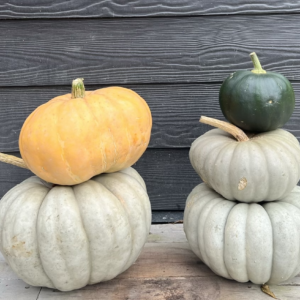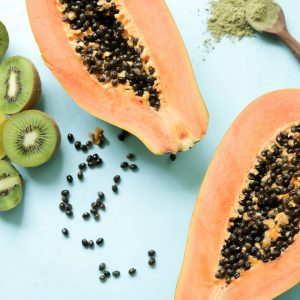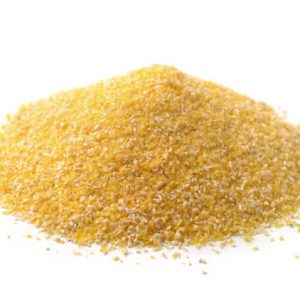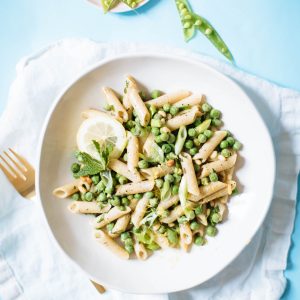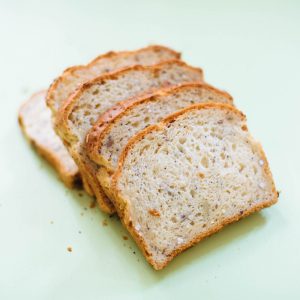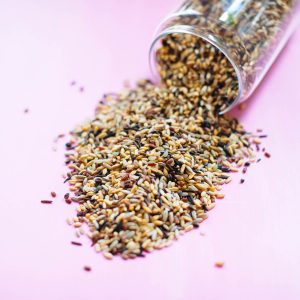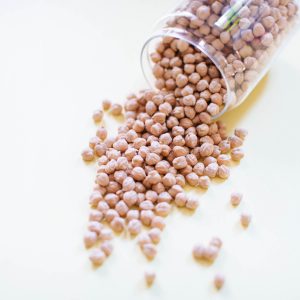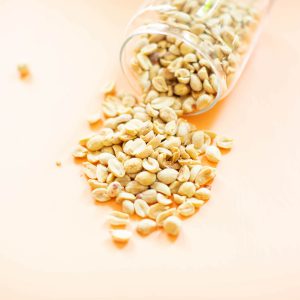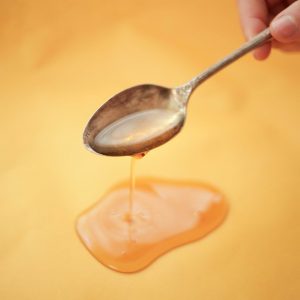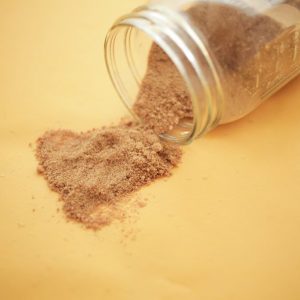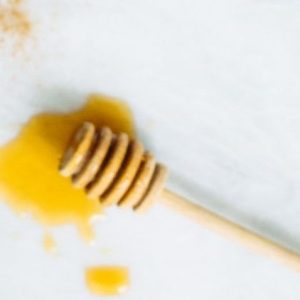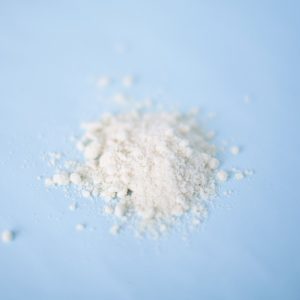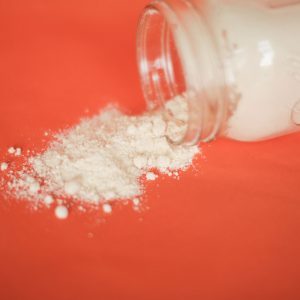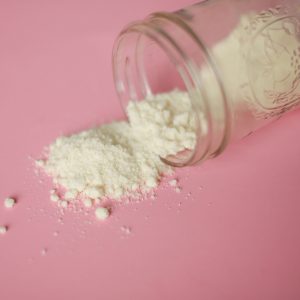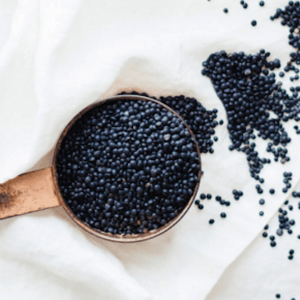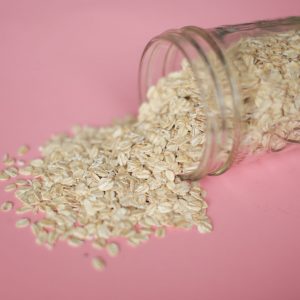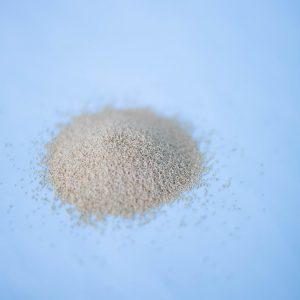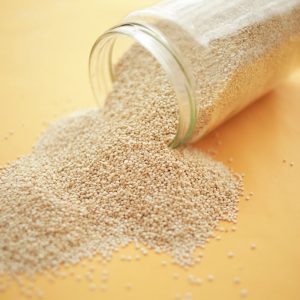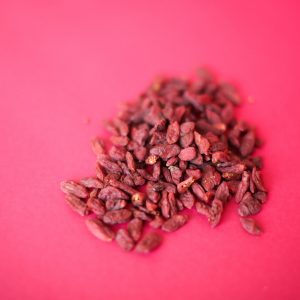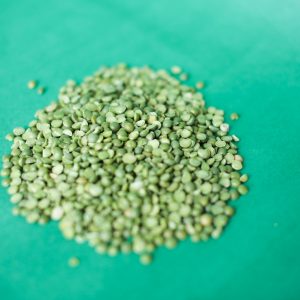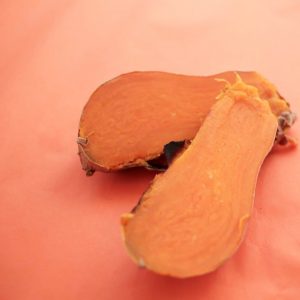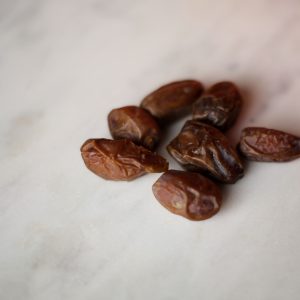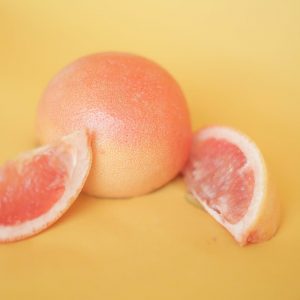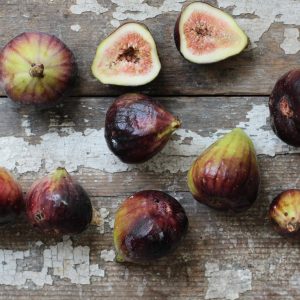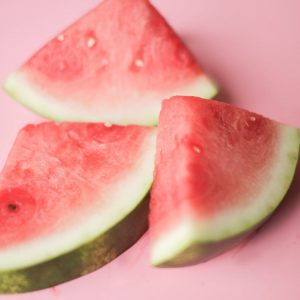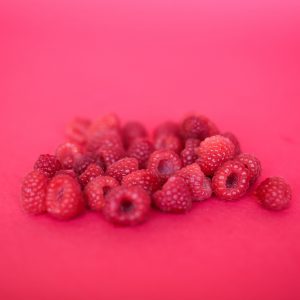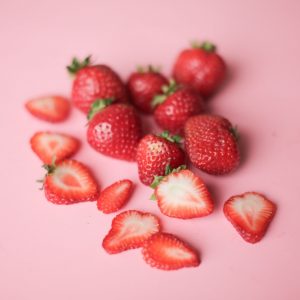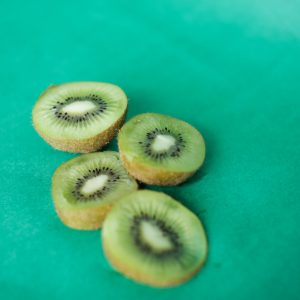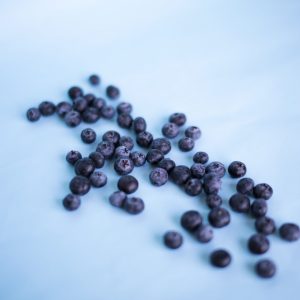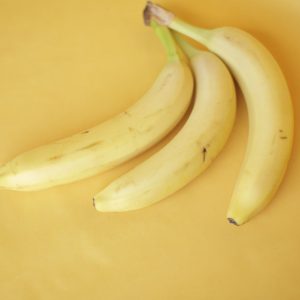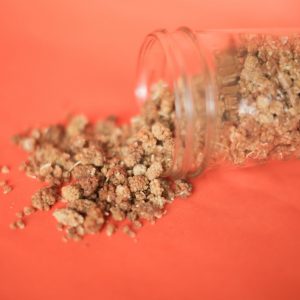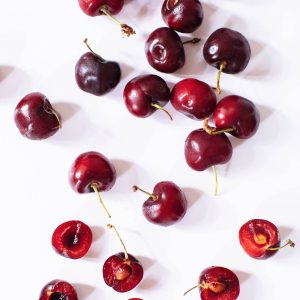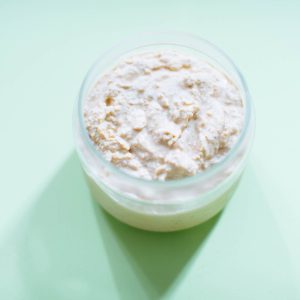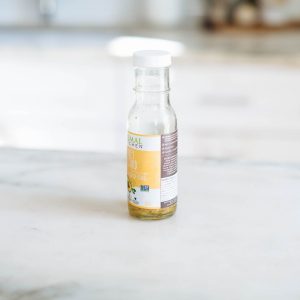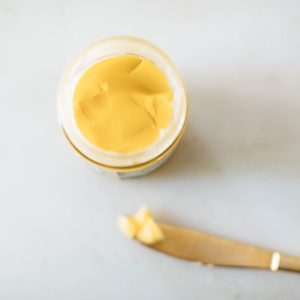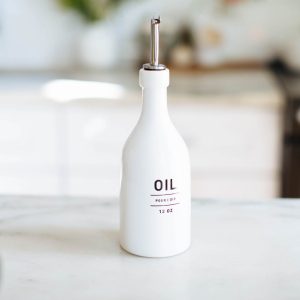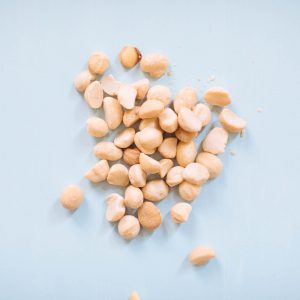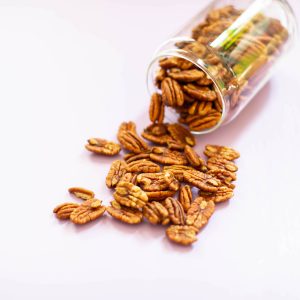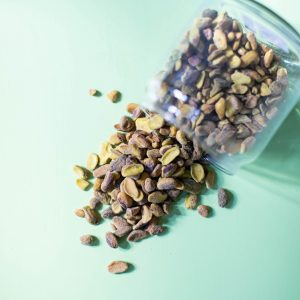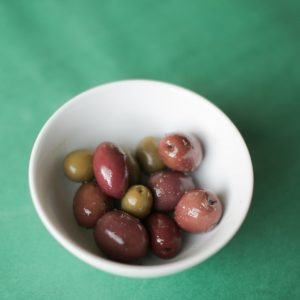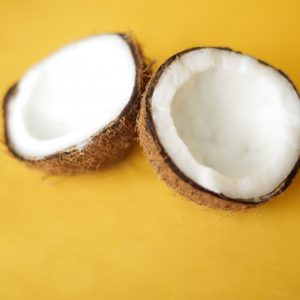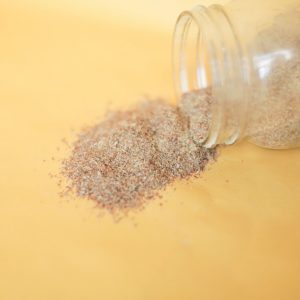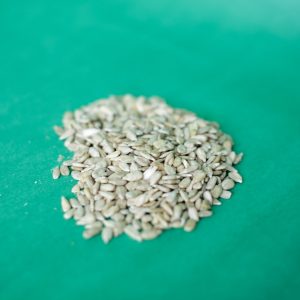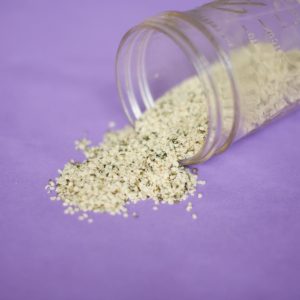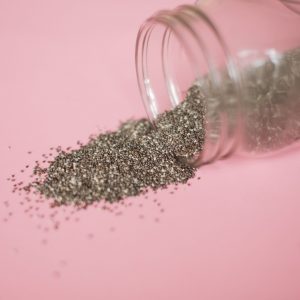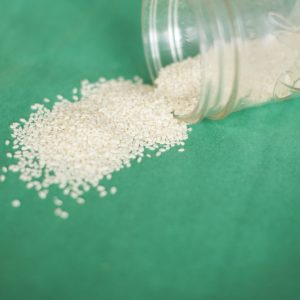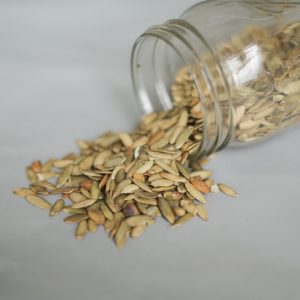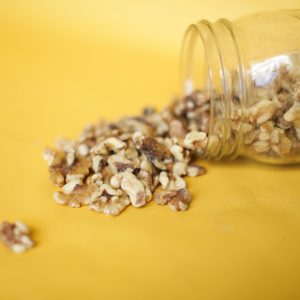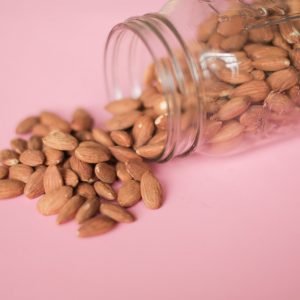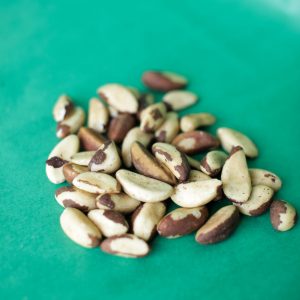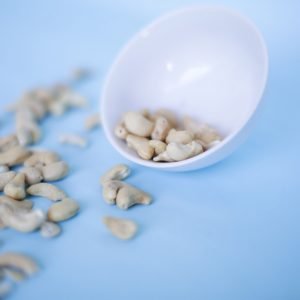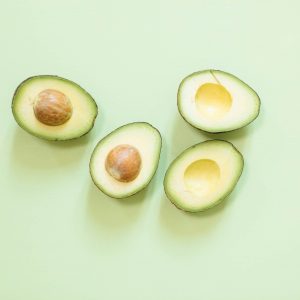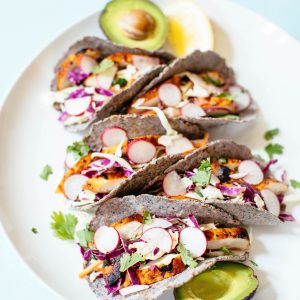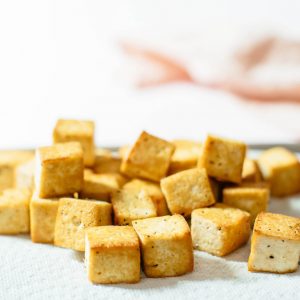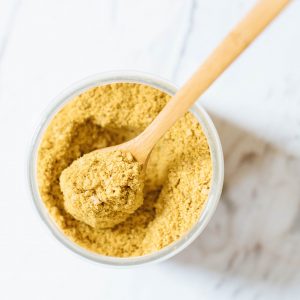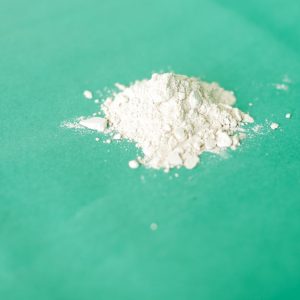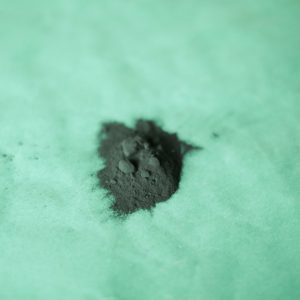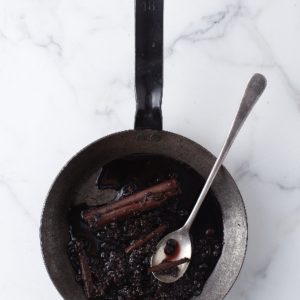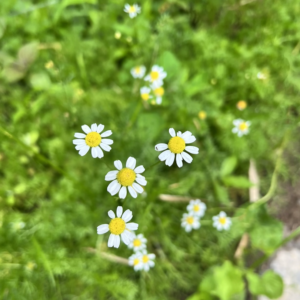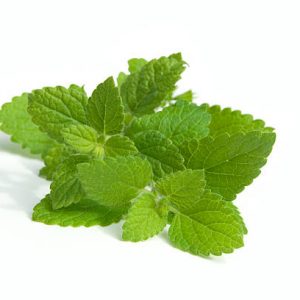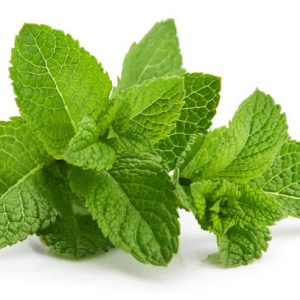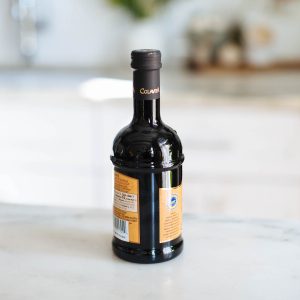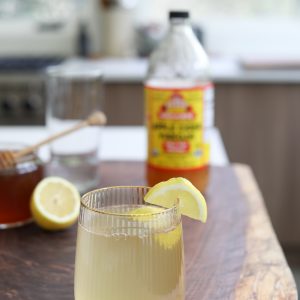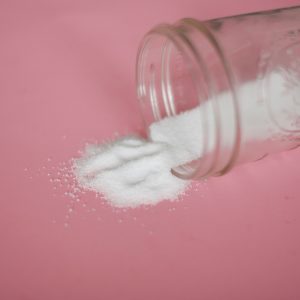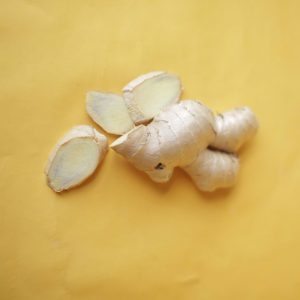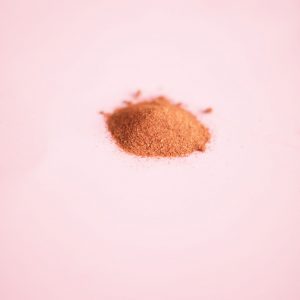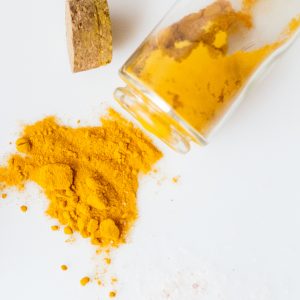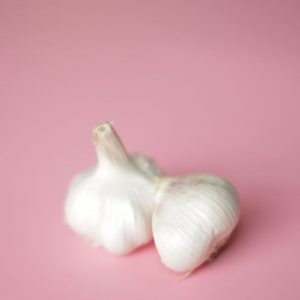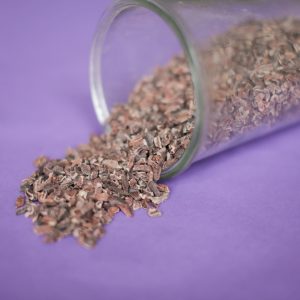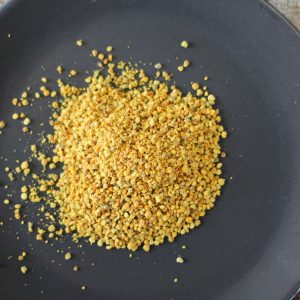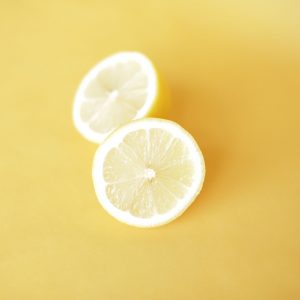An all-natural sweetener derived from the stevia plant.
Stevia (steve-e-ah) comes from the stevia plant, which is also known as sweet leaf or sugar leaf. Several compounds in stevia called glycosides make stevia taste sweet. The most popular of those glycosides is Reb A (rebaudioside A), which is often used commercially. Reb-A has the least bitter taste in comparison to other isolated glycosides in stevia.
Health Benefits of Stevia:
Due to the fact that stevia is void of sugar, sweeteners, calories and macronutrients, it can help aid the control of blood sugar. It can also help with weight loss and weight maintenance when used within a well-rounded diet. Stevia has been studied in relation to increased insulin sensitivity, although it would be wise if much more studies were conducted on humans.
One study showed (in comparison to the artificial sweeteners sucrose and aspartame) that stevia helped reduce postprandial (after eating) insulin in the body. Additionally, stevia may induce insulin secretion, but also increase insulin sensitivity and reduce blood glucose (i.e. what insulin is supposed to do in our bodies).
Nutrient Breakdown of Stevia:
- Contains zero sugar, zero calories, and zero other macronutrients
- Up to 300 times sweeter than sugar
How To Use:
Stevia comes in a variety of forms; raw ground, powdered, and extract. Raw ground stevia is still green, as no additional processing besides mechanical grinding has been conducted. Powdered stevia found in most stores has undergone water extraction processing and has possibly had other fillers added to give it a “powdery” texture.
Stevia extract undergoes processing that extracts the oils and sweetness from the leaves to create the liquid – this can be done by water or alcohol. You can use stevia to sweeten anything from desserts, oatmeals and cereals to puddings, smoothies, juices, teas and coffees.
Recipes:
5 Mocktails and Cocktails for Summer
Assorted Raw Chocolates, Six Ways
NS Recommends:
Here’s a good tool for converting a recipe over from sugar to stevia; 1 cup sugar = 2-3 teaspoons of powdered stevia. This will depend on the type and harvest of your stevia. Taste testing always helps!
You can also grow your own stevia plant, which is quite easy to grow in abundance! You can harvest the stevia before the first frost, hang to dry for about a month and create your own powdered stevia or stevia extract.
Note:
The body responds to the taste of sweets (artificial or natural) by increasing the amount of insulin released from the body to “take up” the glucose that the body believes to be present.
Let’s break this down a bit; when we smell food our digestive system gets moving and starts secreting enzymes to get ready for the incoming food. Whatever you taste; whether it be sweet, bitter, or spicy — especially sweet foods — our bodies release insulin. The amount of insulin released is different depending on the quantity of food you’re consuming – in this case, with using stevia it may be a very small amount.
Even so, this small amount stops glucagon (the opposite of insulin) and your body won’t burn fat as quickly since you’re not converting glucose from glucagon or stored body fat. You’ll also end up with lower blood sugar.
This “trick” on your body with the absence of food can actually make your body a bit hypoglycemic, meaning you end up with low blood sugar. This can mean more hunger and cravings with less energy. Some studies show that consuming artificial sweeteners can cause appetite to increase due to this low sugar response. What does this all mean for you? I do recommend stevia instead of other sweeteners, but still in moderation as it ultimately has the same effect as other artificial sweeteners.
Recipes Featuring:
Stevia
